A.J. Wilson
What is a vector?
Wilson, A.J.; Morgan, E.R.; Booth, M.; Norman, R.; Perkins, S.E.; Hauffe, H.C.; Mideo, N.; Antonovics, J.; McCallum, H.; Fenton, A.
Authors
E.R. Morgan
M. Booth
R. Norman
S.E. Perkins
H.C. Hauffe
N. Mideo
J. Antonovics
H. McCallum
A. Fenton
Abstract
Many important and rapidly emerging pathogens of humans, livestock and wildlife are ‘vector-borne’. However, the term ‘vector’ has been applied to diverse agents in a broad range of epidemiological systems. In this perspective, we briefly review some common definitions, identify the strengths and weaknesses of each and consider the functional differences between vectors and other hosts from a range of ecological, evolutionary and public health perspectives. We then consider how the use of designations can afford insights into our understanding of epidemiological and evolutionary processes that are not otherwise apparent. We conclude that from a medical and veterinary perspective, a combination of the ‘haematophagous arthropod’ and ‘mobility’ definitions is most useful because it offers important insights into contact structure and control and emphasizes the opportunities for pathogen shifts among taxonomically similar species with similar feeding modes and internal environments. From a population dynamics and evolutionary perspective, we suggest that a combination of the ‘micropredator’ and ‘sequential’ definition is most appropriate because it captures the key aspects of transmission biology and fitness consequences for the pathogen and vector itself. However, we explicitly recognize that the value of a definition always depends on the research question under study. This article is part of the themed issue ‘Opening the black box: re-examining the ecology and evolution of parasite transmission’.
Citation
Wilson, A., Morgan, E., Booth, M., Norman, R., Perkins, S., Hauffe, H., …Fenton, A. (2017). What is a vector?. Philosophical Transactions of the Royal Society B: Biological Sciences, 372(1719), Article 20160085. https://doi.org/10.1098/rstb.2016.0085
| Journal Article Type | Article |
|---|---|
| Acceptance Date | Sep 15, 2016 |
| Online Publication Date | Mar 13, 2017 |
| Publication Date | May 5, 2017 |
| Deposit Date | Mar 28, 2017 |
| Publicly Available Date | Mar 28, 2017 |
| Journal | Philosophical Transactions of the Royal Society B: Biological Sciences |
| Print ISSN | 0962-8436 |
| Electronic ISSN | 1471-2970 |
| Publisher | The Royal Society |
| Peer Reviewed | Peer Reviewed |
| Volume | 372 |
| Issue | 1719 |
| Article Number | 20160085 |
| DOI | https://doi.org/10.1098/rstb.2016.0085 |
| Public URL | https://durham-repository.worktribe.com/output/1361277 |
Files
Published Journal Article
(1.3 Mb)
PDF
Publisher Licence URL
http://creativecommons.org/licenses/by/4.0/
Copyright Statement
© 2017 The Authors. Published by the Royal Society under the terms of the Creative Commons Attribution License http://creativecommons.org/licenses/by/4.0/, which permits unrestricted use, provided the original author and source are credited.
You might also like
Global change, parasite transmission and disease control: lessons from ecology
(2017)
Journal Article
